Anal self-examination and anal cancer screening

Anal cancer is a disease in which cancer cells are present just inside or immediately outside the anus. Most cases of anal cancer are linked to human papillomavirus (HPV), a very common infection that can be passed on during sex. Most adults have had an HPV infection. Very often, the body can get rid of the virus without you ever knowing you had it. In people living with HIV, the body seems to be less able to get rid of HPV on its own.
Anal cancer is far more common in gay and bisexual men than the rest of the population, especially in people living with HIV. Screening and treatment of precancerous anal lesions reduces the risk of anal cancer, and treating anal cancer earlier results in the best treatment response and less invasive treatment.
But unfortunately, many people don’t have access to anal cancer screening. A study in the US found that less than 1 in 20 people with HIV at highest risk of anal cancer received screening for the condition.
The researchers looked at 3136 people with HIV who belonged to a group with a higher risk for anal cancer: gay and bisexual men aged over 35, transgender women aged over 35 and anyone with HIV aged over 45.
Less than 5 in 100 people with HIV at highest risk of anal cancer received screening in the form of a smear test in the previous year. This is also called cytology: it’s when a small swab is passed just inside your anus to collect cells, which are suspended in fluid, stained and examined under a microscope. It’s often the first way of screening for any abnormalities.
If a smear test shows an abnormal result, it should be followed up with another type of test, called high-resolution anoscopy (HRA). During an HRA a small magnifying device is inserted into the anus to visually examine the cells of the anal canal.
But the researchers found that 32% of people in their study were treated at clinics which provided no on-site HRA screening or did not have an established referral pathway – that means it was not clear where a patient would go to receive HRA next.
The researchers say that the lack of capacity to provide HRA is a reason why so many people don’t receive screening. That’s because providers are reluctant to offer smear testing if they cannot carry out follow-up HRA testing in cases where abnormalities are detected.
Since so many people do not have access to anal cancer screening, another group of researchers in the US investigated whether people at higher risk of anal cancer could use self-examination to identify lesions that might be cancerous. This involves using a finger to feel the area around the anus and the anal canal, to check for any lumps or swellings.
Over 700 gay and bisexual men and transgender women took part in the study. They received approximately 15 minutes of training from a staff member in how to carry out the self-examination. Couples participating in the study received training in how to carry out the examination on each other. The participants were also examined by a clinician to check if they missed any lesions.
The sensitivity of self- or companion-examination – the ability of participants to identify a true abnormality – was 59%. The specificity of self- or companion-examination – the ability of participants to correctly identify that they did not have abnormalities – was 80%. Doing the examination by yourself or with a partner had the same accuracy.
Around 7 out of 10 people who did the self-examination had the same result as the exam by a clinician. This went up to 8 out of 10 people if they received training by a clinician compared to training by someone who wasn’t a clinician.
Nine out of 10 people said the self-examination process was easy or very easy. Less than 1 in 10 people found it difficult or very difficult. Most people said they would repeat anal self-examination in the future and said they would see a doctor if they were aware of any anal abnormality in the future.
However, it’s important to note that we shouldn’t use self-examination to replace screening by a health professional. That’s because some lesions were missed with the self-examination and some people identified features that didn't turn out to be lesions, potentially causing unnecessary anxiety. Nevertheless, anal self-examination could be a valuable tool to help detect abnormalities as early as possible and raise awareness of the need for screening for anal cancer.
If you’re worried about anal cancer or experience any symptoms, we recommend you speak to a member of your healthcare team.
Cancer and HIV

Rates of some, but not all, cancers are higher in people living with HIV than HIV-negative people. This is often because of the effects of HIV on the immune system. In our new video, aidsmap's Susan Cole talks about cancer and HIV.
We've also recently published videos on deciding whether to tell people you're living with HIV; having a baby when you're living with HIV; and the origins of HIV.
We'd love to hear what you think about our new videos. If you have a few minutes, please can you complete our short, anonymous survey?
Adrenal insufficiency in people with HIV
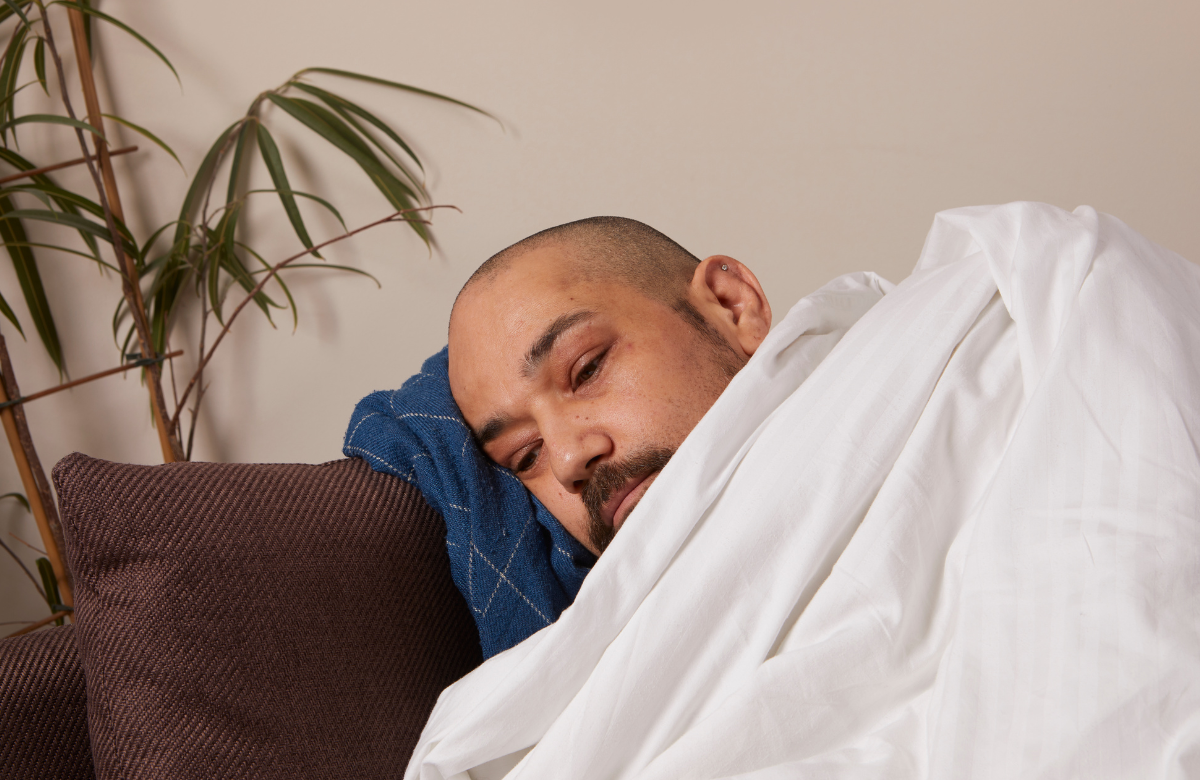
Adrenal insufficiency, or Addison’s disease, occurs when the adrenal glands that sit above the kidneys make too little of the hormones cortisol and aldosterone. Cortisol helps the body turn food into energy and plays a role in the body’s response to stress. Aldosterone helps the body balance levels of sodium and potassium to keep blood pressure at a healthy level.
Symptoms of adrenal insufficiency can include weight loss, loss of appetite, salt craving, extreme tiredness, dark patches on the skin, fainting, dehydration, nausea, vomiting or abdominal pain. Many of these symptoms could be caused by another common condition, for example, a simple cold. This can make it very difficult to diagnose adrenal insufficiency quickly.
In some cases, adrenal insufficiency results in an acute adrenal crisis. This can lead to severe weakness and dizziness, tiredness, confusion, severe stomach and lower back pain. This is a medical emergency and needs to be diagnosed and treated as quickly as possible.
Adrenal insufficiency is more common in people with HIV. But we don’t know for sure how much more common it is. In people without HIV, only about six out of one million people have adrenal insufficiency in any given year.
Researchers in Uganda have now reviewed 26 previous studies on adrenal insufficiency in people living with HIV. The researchers found some factors that made it more likely someone living with HIV would have adrenal insufficiency:
- Recent infection with a common virus called cytomegalovirus
- low blood sugar
- low potassium levels
- high levels of a certain blood component called eisonophilia
- rifampicin treatment (a type of treatment for tuberculosis and other bacterial infections)
- advanced, symptomatic HIV.
It’s important to note that none of the factors were consistently found in all of the studies the researchers looked at. That means only some studies found these to be significant, whereas others didn’t.
The researchers also found that 28% of people living with HIV in the studies they looked at had adrenal insufficiency. However, the people recruited to these studies may not be representative of all people living with HIV globally.
Adrenal insufficiency was most common in Africa (38%) and Asia (29%) and lowest in North America (21%) and Europe (12%). Age and CD4 count were not associated with rates of adrenal insufficiency, but an increased duration since HIV diagnosis was associated with higher rates.
The researchers say that the high rates of adrenal insufficiency in people with HIV should raise the suspicion of adrenal insufficiency when doctors treat people with HIV who have non-specific symptoms such as weight loss, muscle or joint pain, abdominal pain, low blood pressure or low blood sugar. This would hopefully help to diagnose and treat adrenal insufficiency more quickly.
If you’re worried about adrenal insufficiency or experience any symptoms, we recommend you speak to a member of your healthcare team.
We need your support
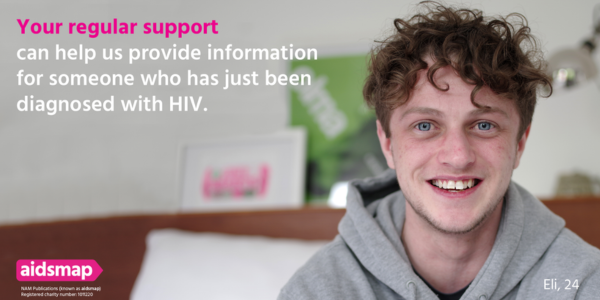
aidsmap is a small grassroots charitable organisation, and donations are vital in keeping our life-changing information about HIV freely available to everyone who needs it. Please consider donating or joining us as a regular supporter today if you feel able to. Every donation from our community, no matter the size, makes a significant impact. Thank you.
Cost-saving with two-tablet regimens
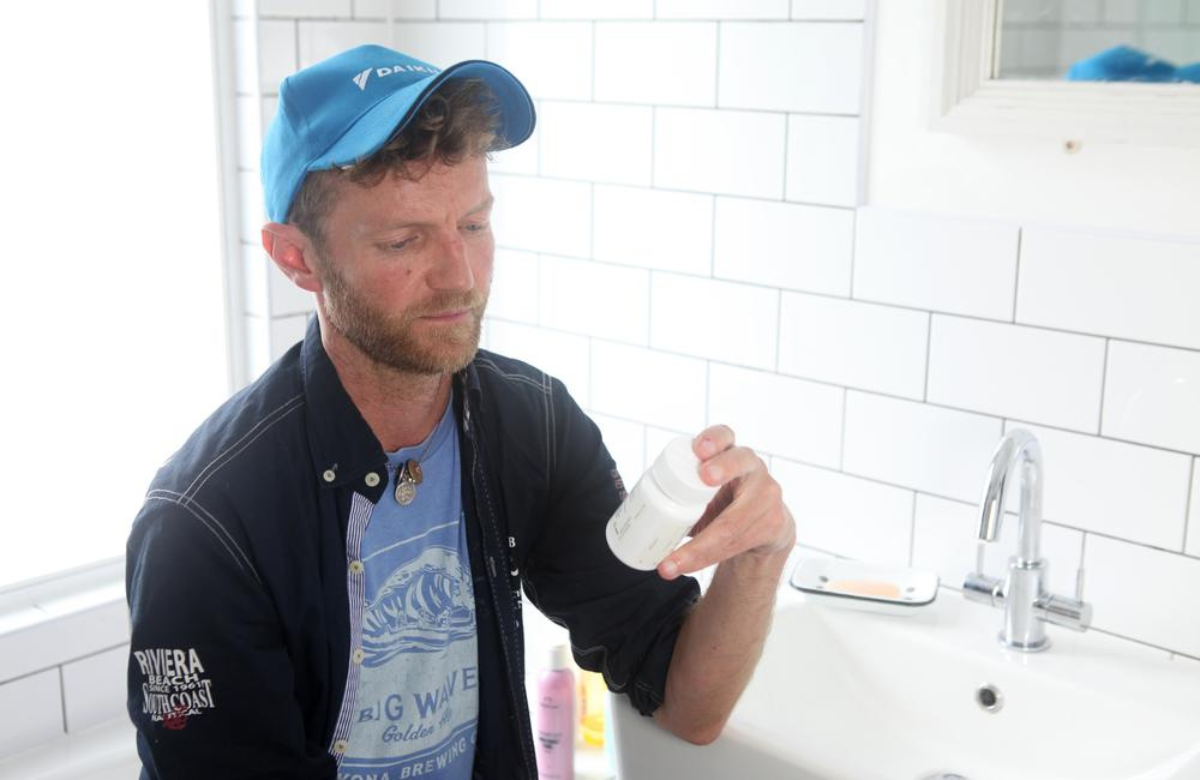
Over the past 15 years, pharmaceutical companies have worked on making HIV treatment regimens as simple as possible, for example by reducing the amount of pills you have to take each day. One way they've done this is by putting three medications into a single tablet. Some treatment guidelines recommend using single-tablet regimens because it makes it easier for people to take the treatment exactly as prescribed.
The problem is that these single-tablet regimens are often only available as a branded treatment by one pharmaceutical company. However, some of the individual components are now often available as generic products. That means they’re much cheaper, but not available as a single tablet. To save money, some health systems and insurers have been keen to encourage the use of generics wherever possible – even though it means people will have to take two or three tablets instead of just one. This is also called de-simplifying treatment.
The study looked at 283 people who all took either Triumeq (abacavir / lamivudine / dolutegravir), Eviplera (tenofovir disoproxil fumarate / emtricitabine / rilpivirine) or Atripla (tenofovir disoproxil fumarate / emtricitabine / efavirenz). Each person was offered to switch to a generic NRTI and the branded form of the third agent (meaning they’d switch from taking one to two tablets), or to continue taking the single-tablet regimen.
Just over half of all people agreed to switch to a two-tablet regimen. Those who chose to switch tended to be older, to have lived with an HIV diagnosis for longer and were more likely to be also taking medications for other health conditions.
On the other hand, willingness to switch differed significantly between treatment centres. The researchers think that the way in which individual healthcare providers communicated the de-simplification strategy may have influenced willingness to switch. Switching reduced the overall cost of treatment by just under 18%.
It’s important to note that the study above made switching to a two-tablet regimen voluntary – no one needed to make the switch if they didn’t want to. However, the same research group also looked at the consequences of a Dutch health insurer’s requirement that everyone taking the single-pill combination Eviplera (tenofovir disoproxil fumarate / emtricitabine / rilpivirine) should switch to a generic pill containing tenofovir disoproxil fumarate / emtricitabine plus branded rilpivirine (Edurant) in 2021.
This was expected to save an average of €368 a month per patient. The policy was implemented despite objections from physicians, pharmacists and patient groups.
The decision affected 128 people insured by the specific health insurer. Just under half (46%) de-simplified treatment, but only 17 out of 59 were taking the de-simplified regimen 18 months later. Twenty-seven switched to another regimen within three months of de-simplifying treatment, in almost all cases to a more expensive single-tablet branded regimen.
When analysing cost, the researchers actually found that the mandatory de-simplification policy increased monthly treatment costs rather than decreasing them. This suggests that de-simplifying treatment only works and saves money if it’s done voluntarily.
Ageing and HIV
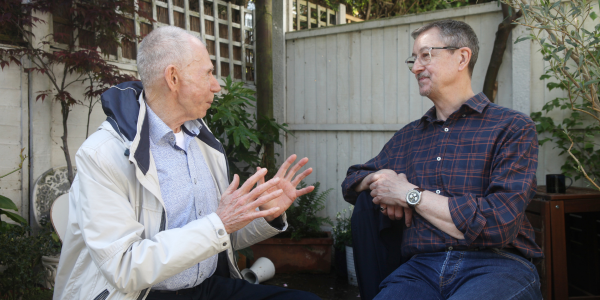
We've put together a list of ten myths and realities about ageing with HIV. It includes information on HIV treatment, life expectancy, and managing your health.
Read the new page on aidsmap.com.
Editors’ picks from other sources
Q&A: Improving recognition & awareness of age-associated dementia in people with HIV | Physician’s Weekly
Simulation modelling projects more than 22% of men and 16% of women with HIV who are currently 60 would develop age-associated dementia by 80 years of age. Physician’s Weekly spoke with Dr Emily Hyle to learn more about the study results.
Heard the recent news about a “new HIV cure”? | HIV Cure
The recent European Congress of Clinical Microbiology and Infectious Diseases issued a press release highlighting that a group from Amsterdam “eliminated HIV” using CRISPR-Cas gene editing technology. This was covered on mainstream media, but there are issues with this premature announcement.
Launching the red ribbon | POZ
On 2 June 1991, Visual AIDS collaborated with Broadway Cares/Equity Fights AIDS to get the red ribbon onstage at the 45th Annual Tony Awards.
HIV treatment for kids has improved and there is more to come, says Dr Moherndran Archary | Spotlight
Dr Moherndran Archary’s research has helped shape South African health policy, most notably the rollout of better HIV treatments for children and babies. Spotlight’s Biénne Huisman chatted to him about the state of HIV treatment for kids and some exciting prospects on the horizon.
HIV vaccine and cure research
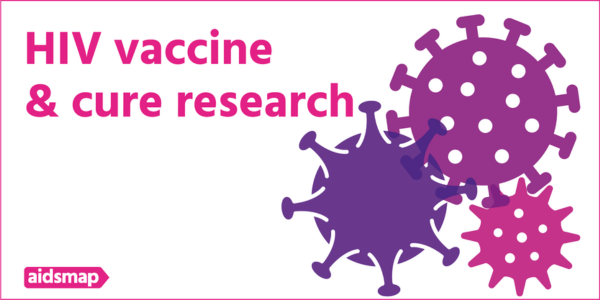
We have a new section of our website dedicated to information on HIV vaccine and cure research.
Read about the search for an HIV prevention vaccine, and for an HIV cure – including cases of cure, diversity and ethics in cure research, and why HIV is so hard to cure – and information on clinical trials.
